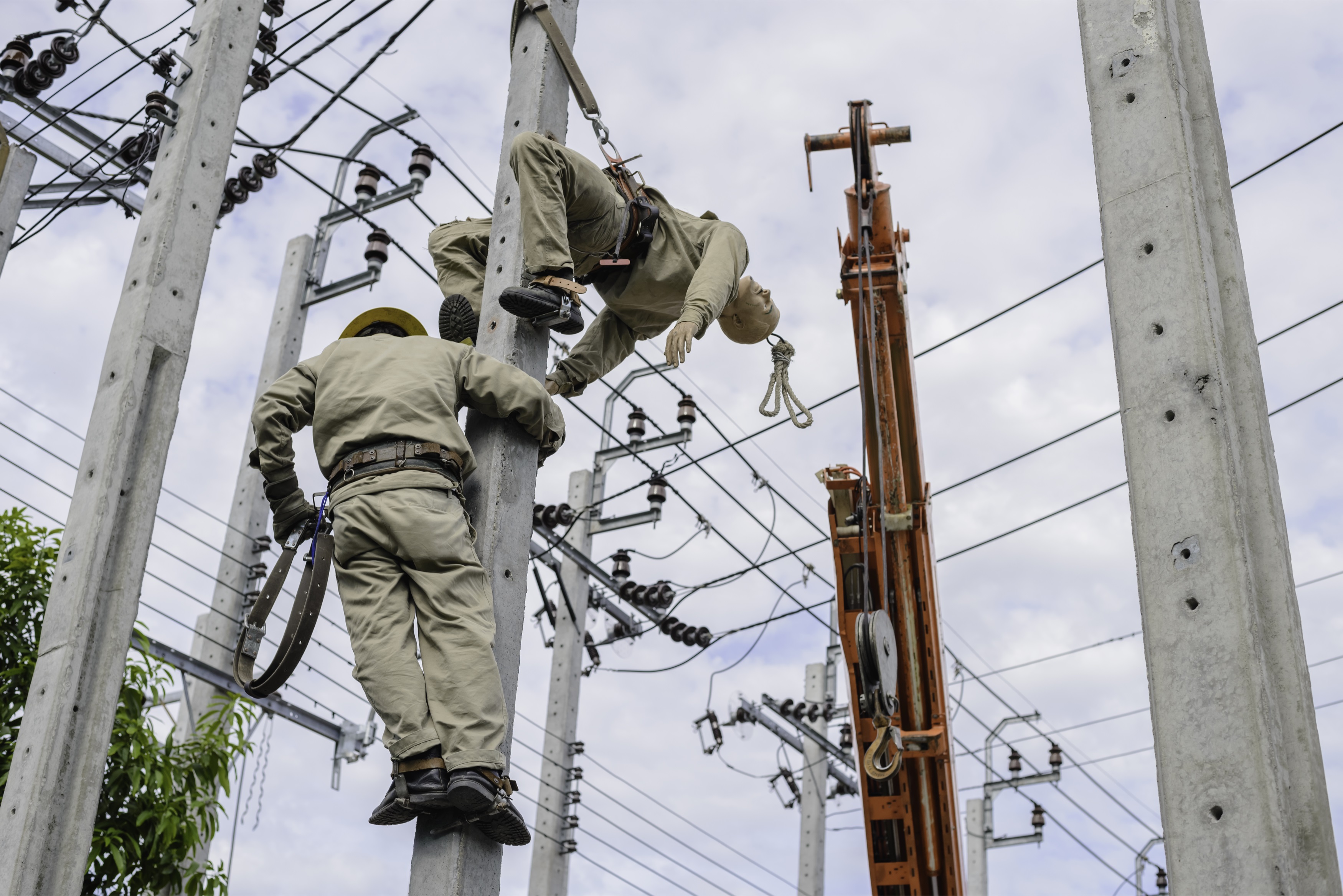Personal Injury Primer: Electrical Injuries

Diagnosis can be made through a routine visit to the ophthalmologist. The patient will demonstrate decreased visual acuity on testing and the physician will see clouding of the lens of the eye with a slit lamp examination.
Treatments include surgical removal of the cataracts and implantation of an intraocular lens.
Of note, electrocution can also cause such ocular injuries as an unequal pupil size (anisocoria), iritis/uveitis (irritation of eye tissues), cyst formation and retinal detachment.
Pertinent medical records will include:
• Ambulance run records to identify how injury occurred and initial patient complaints
• Emergency Room photographs of entrance and exit sites of electrical current
• Emergency Room assessment called “PERRLA”: pupils equal, round, reactive to light and accommodation
• Emergency Room fundoscopic examination (exam with a lighted lamp of the back of the eye)
• Post accident clinic notes from ophthalmologist
• Additionally, interviews with family members who will notice the injured person is having vision difficulties may be helpful.
References
Cataracts: a long-term complication of electrical injury
J Burn Care Rehabil. 2004 Jul-Aug;25(4):363-5
Part II: Electrocution Injuries
Electrical injuries are relatively uncommon, but as most personal injury attorneys know, the majority of adult electrical injuries usually occur in occupational settings. While some electrical injuries may be minor, other electrical injuries can range from cardiac and respiratory arrest to central nervous system damage, renal failure, muscle breakdown (rhabdomyolysis), and severe burns. Individuals who do not develop cardiac or respiratory arrest or who do not become unconscious have a good prognosis.
Electrical injuries are caused by both direct current (DC) and alternating current (AC). Direct current involves a steady flow of electrons and is used to charge batteries and power electrical systems. Victims of direct current may be “thrown” away from the current source. Alternating current involves a cyclical flow of electrons and is the type of electricity used in most homes and offices. Alternating current is by far the more dangerous type of current where electrical injuries are concerned. It causes extended muscle tetany which can cause the hand to “freeze” to the current source and prolong exposure to the current.
• Police report with description of the accident and findings at the scene
• Ambulance run reports
• Emergency room photos of the injuries
• All consultation reports
• Wound care notes and photos for the duration of treatment
• Laboratory studies such as cardiac enzymes, urinalysis (for indication of rhabdomyolysis) and capillary blood count
http://www.merckmanuals.com/professional/injuries-poisoning/electrical-and-lightning-injuries/electrical-injuries